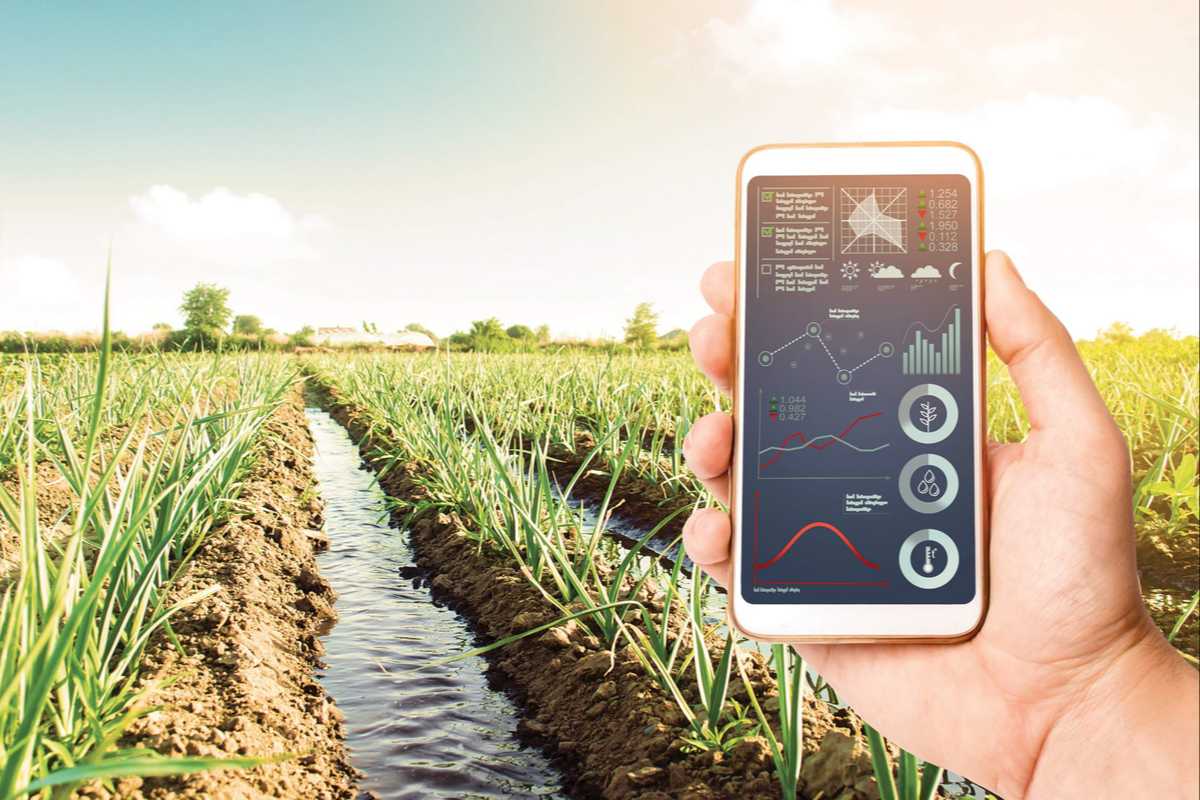In our fast-paced world, technology has become an integral part of our daily lives, permeating every aspect, including how we care for our environment. The emergence of the Internet of Things (IoT) has opened up avenues for innovative solutions to age-old problems.
One such area is plant care.
With the advent of smart plant monitoring systems powered by IoT, individuals can now efficiently monitor and nurture their green companions with unprecedented precision and convenience.
What is a Smart Plant Monitoring System?
A smart plant monitoring system is a network of interconnected devices that collect and transmit data related to the environment surrounding a plant.
These devices which are equipped with various sensors gather information such as soil moisture levels, temperature, humidity, light intensity, and even nutrient levels.
This data is then processed and analyzed to provide insights into the plant’s health and growth conditions.
Components of a Smart Plant Monitoring System
In case you’re wondering, here are the components that make up a plant smart plant monitoring system:
Sensors
The backbone of any IoT system, sensors are responsible for capturing data from the plant’s environment. Sensors for soil moisture, temperature, humidity, light intensity, and nutrient levels are essential components of a smart plant monitoring system.
Microcontroller/Processor
This acts as the brain of the system, responsible for processing the data collected by the sensors. It also facilitates communication between the sensors and the central monitoring unit.
Connectivity Module
To enable real-time monitoring and control, the system requires connectivity to the internet. Wi-Fi, Bluetooth, or other wireless communication protocols are commonly used for this purpose.
Central Monitoring Unit
This is the interface through which users interact with the system. It could be a smartphone application or a web-based dashboard that provides users with real-time updates on their plant’s health and allows them to adjust settings as needed.
A Step-by-Step Guide to Implementing a Smart Plant Monitoring System
With things out of the way, let’s now talk about how you can actually implement a smart plant monitoring system. Here are the steps you should follow:
- Before diving into implementation, it’s crucial to define the specific needs and requirements of the plant(s) you intend to monitor. Consider factors such as the type of plant, its optimal environmental conditions, and any unique care instructions.
- Choose sensors that align with the parameters you want to monitor. For instance, if you’re monitoring a succulent that requires infrequent watering, a soil moisture sensor would be essential. Ensure compatibility with your microcontroller and connectivity module.
- Connect the selected sensors to the microcontroller and configure the connectivity module. Depending on your expertise, you may opt for pre-made IoT development kits or build your own custom hardware setup.
- Develop the firmware for the microcontroller to read data from the sensors and transmit it to the central monitoring unit. Use programming languages such as C/C++ or Python, depending on the microcontroller’s specifications.
- Utilize cloud platforms such as AWS IoT, Google Cloud IoT, or Microsoft Azure IoT to store and process the data transmitted by the sensors. Configure data pipelines and analytics tools to derive actionable insights from the collected data.
- Design an intuitive user interface for the central monitoring unit, allowing users to access real-time data and control settings remotely. Ensure compatibility across multiple devices and platforms for a seamless user experience.
- Conduct thorough testing to ensure the system functions as intended. Monitor its performance over time and make necessary adjustments to improve reliability and accuracy.
- Once satisfied with the system’s performance, deploy it in the desired location(s) and begin monitoring your plants.
- Regularly check the data collected and make informed decisions to optimize plant care routines.
Benefits of a Smart Plant Monitoring System
So, why should you implement such a system in the first place? Well, it’s simply because it offers a handful of benefits such as the following:
- Efficiency – Eliminates guesswork by providing real-time data on plant health parameters.
- Precision – Allows for precise control of environmental conditions to meet the specific needs of each plant.
- Convenience – Enables remote monitoring and control, reducing the need for constant physical presence.
- Optimization – Provides insights to optimize watering schedules, light exposure, and nutrient supplementation, leading to healthier plants and higher yields.
Conclusion
Implementing a smart plant monitoring system with IoT has the potential to revolutionize the way we care for our green companions. By harnessing the power of technology, individuals can ensure optimal conditions for plant growth and vitality while minimizing effort and resources.
As technology continues to advance, we can expect even more sophisticated solutions to emerge, further enhancing our ability to nurture and appreciate the wonders of nature.

